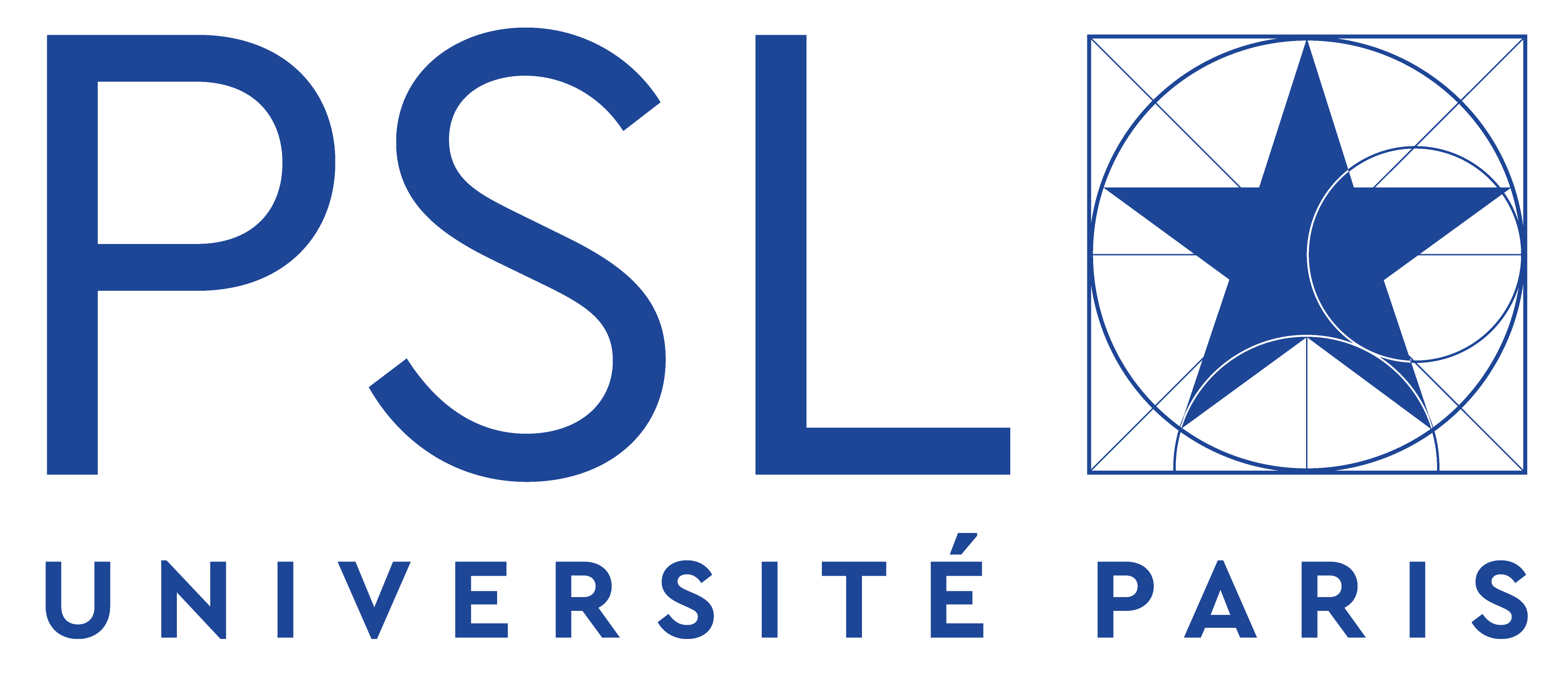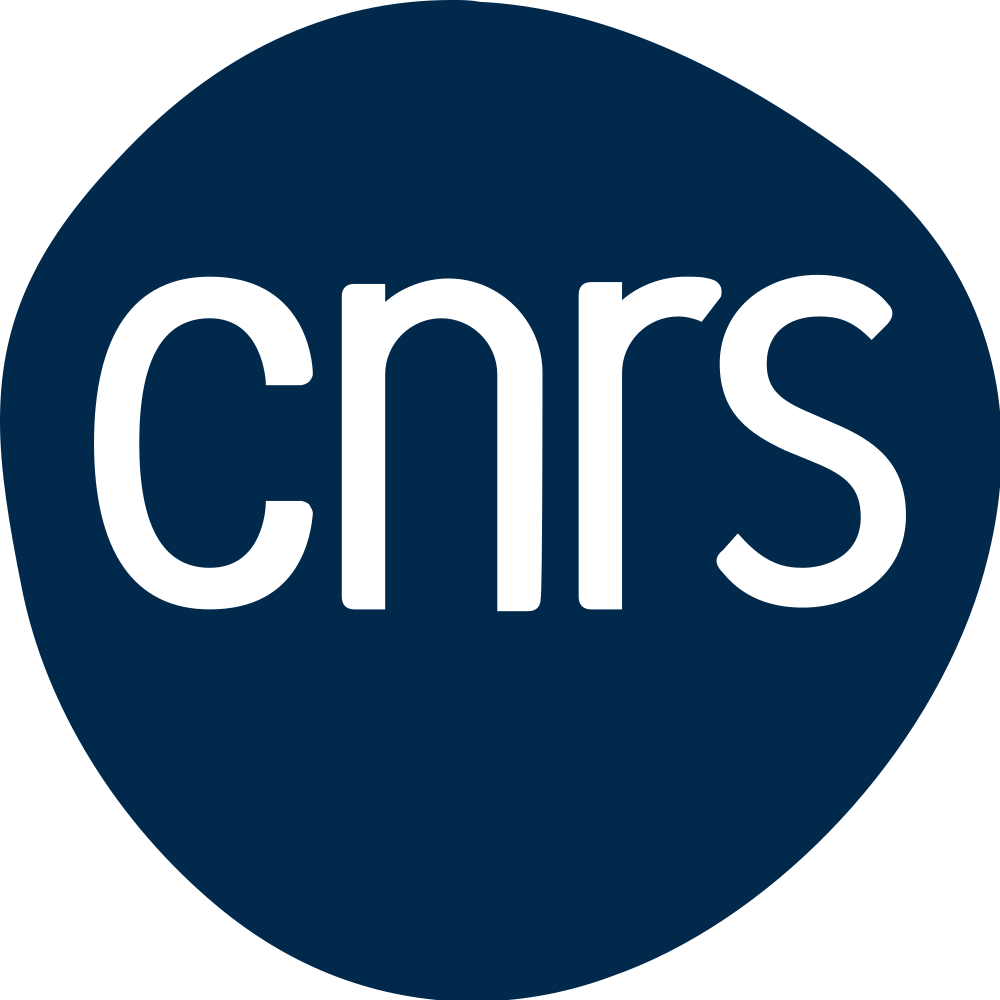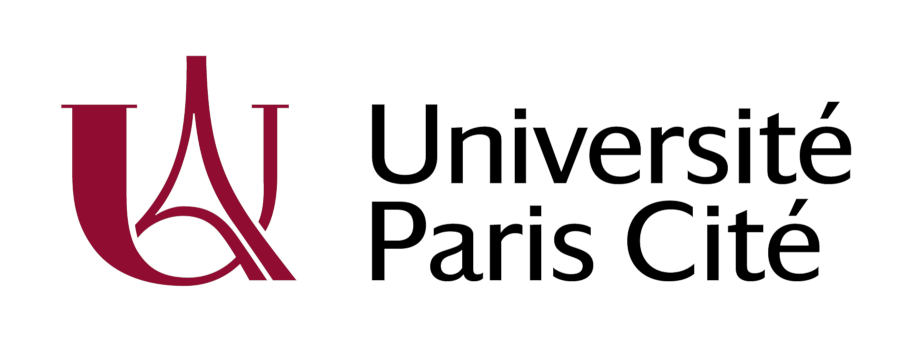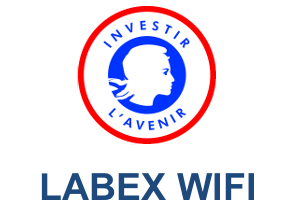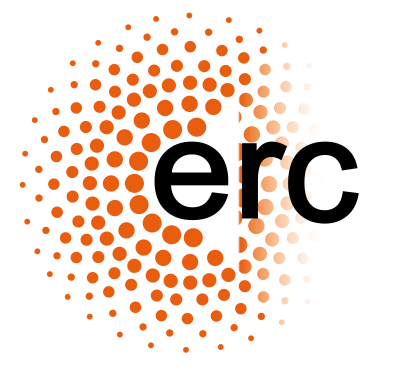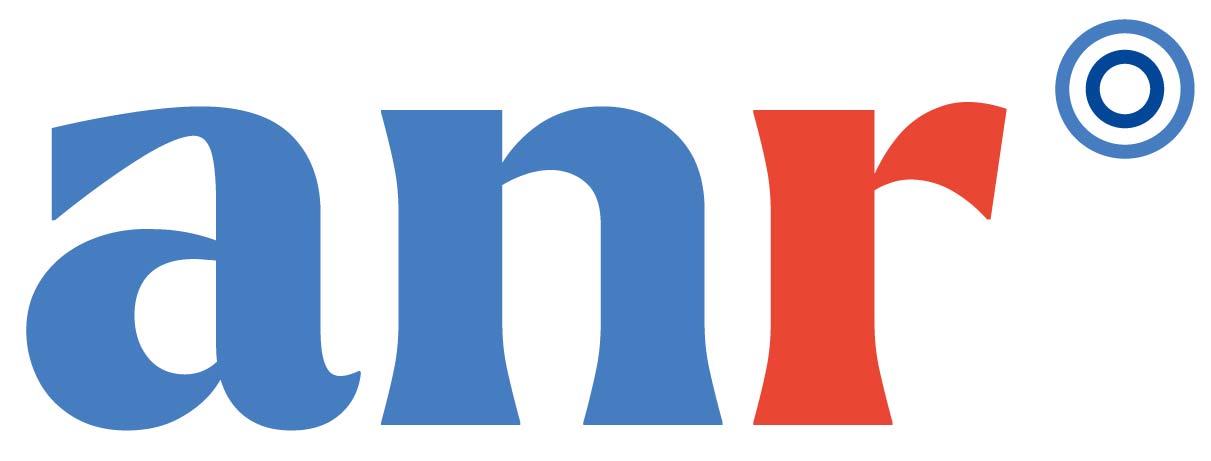A diffusion model for light scattering in ejecta
Don Jayamanne, J. A., J. R. Burie, O. Durand, R. Pierrat, and R. Carminati
Journal of Applied Physics 138, no. 20 (2025)
Résumé: We derive a diffusion equation for light scattering from ejecta produced by extreme shocks on metallic samples. This model is easier to handle than a more conventional model based on the Radiative Transfer Equation (RTE) and is a relevant tool to analyze spectrograms obtained from Photon Doppler Velocimetry measurements in the deep multiple scattering regime. We also determine the limits of validity of the diffusive model compared to the RTE, based on a detailed analysis of various ejecta properties in configurations with increasing complexity.
|


|
Causality and Instability in Wave Propagation in Random Time-Varying Media
Pierrat, R., J. Rocha, and R. Carminati
Physical Review Letters 134, no. 23, 233801 (2025)
Résumé: We develop a theoretical model to investigate wave propagation in media with random time-varying properties, where temporal fluctuations lead to complex scattering dynamics. Focusing on the ensemble-averaged field, we derive an exact expression for the average Green's function in the presence of finite temporal disorder, and extend the analysis to the thermodynamic limit. In contrast to spatial disorder, causality prevents recurrent scattering, allowing us to achieve a nonperturbative solution. We introduce an effective medium description providing a simple analysis of the propagation regimes. Our findings offer new insights into wave dynamics in temporally disordered media, with potential applications in time-varying metamaterials, dynamic sensing, and imaging in turbulent or chaotic environments.
|


|
Nonmonotonic Radiative Heat Transfer in the Transition from Far Field to Near Field
Guillemot, V., R. Messina, V. Krachmalnicoff, R. Carminati, P. Ben-Abdallah, W. Poirier, and Y. De Wilde
Physical Review Letters 134, no. 19 (2025)
Résumé: We present high precision measurements of the radiative heat transfer of a glass microsphere immersed in a thermal bath in vacuum facing three different planar substrates (SiO2, SiC, and Au), which exhibit very different optical behaviors in the infrared region. Using a thermoresistive probe on a cantilever, we show the nonmonotonic behavior of the radiative flux between the microsphere and its environment when the microsphere is brought closer to the substrate in the far-field to near-field transition regime. We demonstrate that this unexpected behavior is related to the singularities of dressed emission mechanisms in this three-body system sphere-substrate bath with respect to the separation distance.
|

|
Modeling conductive thermal transport in three-dimensional fibrous media with fiber-to-fiber contacts
Gaunand, C., Y. De Wilde, A. François, V. Grigorova-Moutiers, and K. Joulain
Physical Review Applied 23, no. 3 (2025)

Résumé: Understanding heat transfers in fibrous materials, particularly conduction, is a major challenge due to their heterogeneous and multiscale nature, and the unknown contribution of fiber-to-fiber contacts. In most previous modeling studies, the existence of thermal contact resistance is not considered, and the computational complexity limits the size of simulated samples, which often leads to imprecise or inaccurate predictions. The same problem arises when considering electrical conduction through fibrous materials. In this work, we describe a computationally efficient simulation approach based on a multinodal representation to analyze the steady-state heat conduction through the solid structure in numerically generated three-dimensional fibrous networks, including contact resistance. We show that the solid conductivity in these networks is governed by a master curve that depends on a single parameter: a characteristic ratio representing the interplay between the intrinsic fiber conductivity and contact resistance as well as the influence of other geometric parameters, which numerically validates previous theoretical studies. However, we observe a deviation to this established theory for poorly connected networks. We derive an expression for a correction factor, considering the influence of correlations between fiber temperatures, and we then find good agreement with our simulation data. Our results demonstrate that the solid conductivity can be fully predicted based on geometric quantities, regardless of the extent of network connectivity, thus generalizing previous studies on this topic. This work, contributing to improve our understanding of conductive heat transport in fibrous media, may prove useful in the development of accurate predictive models and optimization strategies for fibrous insulation materials.
|

|
Electroluminescence and energy transfer mediated by hyperbolic polaritons
Abou-Hamdan, L., A. Schmitt, R. Bretel, S. Rossetti, M. Tharrault, D. Mele, A. Pierret, M. Rosticher, T. Taniguchi, K. Watanabe, C. Maestre, C. Journet, B. Toury, V. Garnier, P. Steyer, J. H. Edgar, E. Janzen, J. M. Berroir, G. Fève, G. Ménard, B. Plaçais, C. Voisin, J. P. Hugonin, E. Bailly, B. Vest, J. J. Greffet, P. Bouchon, Y. De Wilde, and E. Baudin
Nature 639, no. 8056, 909-914 (2025)

Résumé: Under high electrical current, some materials can emit electromagnetic radiation beyond incandescence. This phenomenon, referred to as electroluminescence, leads to the efficient emission of visible photons and is the basis of domestic lighting devices (for example, light-emitting diodes)1,2. In principle, electroluminescence can lead to mid-infrared emission of confined light–matter excitations called phonon polaritons3,4, resulting from the coupling of photons with crystal lattice vibrations (optical phonons). In particular, phonon polaritons arising in the van der Waals crystal hexagonal boron nitride (hBN) present hyperbolic dispersion, which enhances light–matter coupling5,6. For this reason, electroluminescence of hyperbolic phonon polaritons (HPhPs) has been proposed as an explanation for the peculiar radiative energy transfer within hBN-encapsulated graphene transistors7,8. However, as HPhPs are locally confined, they are inaccessible in the far field, and as such, any hint of electroluminescence has been based on indirect electronic signatures and has yet to be confirmed by direct observation. Here we demonstrate far-field mid-infrared (wavelength approximately 6.5 μm) electroluminescence of HPhPs excited by strongly biased high-mobility graphene within a van der Waals heterostructure, and we quantify the associated radiative energy transfer through the material. The presence of HPhPs is revealed by far-field mid-infrared spectroscopy owing to their elastic scattering at discontinuities in the heterostructure. The resulting radiative flux is quantified by mid-infrared pyrometry of the substrate receiving the energy. This radiative energy transfer is also shown to be reduced in hBN with nanoscale inhomogeneities, demonstrating the central role of the electromagnetic environment in this process.
|


|
Multiple scattering of light in shock compression experiments
Jayamanne, J. A. D., J. R. Burie, O. Durand, R. Pierrat, and R. Carminati
AIP Conference Proceedings 3066, 610001 (2024)
|


|
Recovering particle velocity and size distributions in ejecta with photon Doppler velocimetry
Don Jayamanne, J. A., R. Outerovitch, F. Ballanger, J. Bénier, E. Blanco, C. Chauvin, P. Hereil, J. Tailleur, O. Durand, R. Pierrat, R. Carminati, A. Hervouët, P. Gandeboeuf, and J. R. Burie
Journal of Applied Physics 136, no. 8 (2024)

Résumé: When a solid metal is struck, its free surface can eject fast and fine particles. Despite the many diagnostics that have been implemented to measure the mass, size, velocity, or temperature of ejecta, these efforts provide only a partial picture of this phenomenon. Ejecta characterization, especially in constrained geometries, is an inherently ill-posed problem. In this context, Photon Doppler Velocimetry (PDV) has been a valuable diagnostic, measuring reliably particles and free surface velocities in the single scattering regime. Here, we present ejecta experiments in gas and how, in this context, PDV allows one to retrieve additional information on the ejecta, i.e., information on the particles’ size. We explain what governs ejecta transport in gas and how it can be simulated. To account for the multiple scattering of light in these ejecta, we use the Radiative Transfer Equation (RTE) that quantitatively describes PDV spectrograms, and their dependence not only on the velocity but also on the size distribution of the ejecta. We remind how spectrograms can be simulated by solving numerically this RTE and we show how to do so on hydrodynamic ejecta simulation results. Finally, we use this complex machinery in different ejecta transport scenarios to simulate the corresponding spectrograms. Comparing these to experimental results, we iteratively constrain the ejecta description at an unprecedented level. This work demonstrates our ability to recover particle size information from what is initially a velocity diagnostic, but more importantly it shows how, using existing simulation of ejecta, we capture through simulation the complexity of experimental spectrograms.
|


|
Symmetry-breaking-induced off-resonance second-harmonic generation enhancement in asymmetric plasmonic nanoparticle dimers
Wang, Y., Z. Peng, Y. De Wilde, and D. Lei
Nanophotonics (2024)

Résumé: The linear and nonlinear optical properties of metallic nanoparticles have attracted considerable experimental and theoretical research interest. To date, most researchers have focused primarily on exploiting their plasmon excitation enhanced near-field and far-field responses and related applications in sensing, imaging, energy harvesting, conversion, and storage. Among numerous plasmonic structures, nanoparticle dimers, being a structurally simple and easy-to-prepare system, hold significant importance in the field of nanoplasmonics. In highly symmetric plasmonic nanostructures, although the odd-order optical nonlinearity of the near-surface region will be improved because of the enhanced near-fields, even-order nonlinear processes such as second-harmonic generation (SHG) will still be quenched and thus optically forbidden. Under this premise, it is imperative to introduce structural symmetry breaking to realize plasmon-enhanced even-order optical nonlinearity. Here, we fabricate a series of nanoparticle dimers each composed of two gold nanospheres with different diameters and subsequently investigate their structural asymmetry dependent linear and nonlinear optical properties. We find that the SHG intensities of gold nanosphere dimers are significantly enhanced by structural asymmetry under off-resonance excitation while the plasmonic near-field enhancement mainly affects SHG under on-resonance excitation. Our results reveal that symmetry breaking will play an indispensable role when designing novel coupled plasmonic nanostructures with enhanced nonlinear optical properties.
|


|







